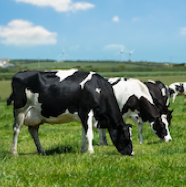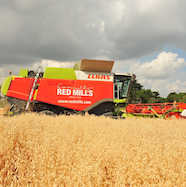Strategies to Manage Sterile Brome in Winter Crops
Sterile brome, also known as barren brome, is a mainly winter grass – native in rough waste ground, hedgerows, and roadsides -which causes a dramatic compromise of yield potential in winter crops, especially where heavy infestations have occurred.
Facts about Sterile Brome (Barren Brome)
It normally spreads from the hedge bottoms and field margins into tillage fields, where it may form dense patches. It is becoming more common due to the presence of more continuous winter cereals, and the adoption of tillage systems that don’t use a plough. It is also now working its way into ploughed fields over the last number of years.
Flowering Season of Sterile Brome
Sterile brome flowers from May to July. On average, more than 200 seeds are produced per plant and a high proportion of these are viable. Seeds start to become viable 3-7 days after flowering. The seed matures rapidly on the plant once ripening begins, and most seed is shed from late June to early August. Because the bulk of seed spreads before harvest, the aim should be to get this seed germinated so it can be sprayed off before the next crop is sown.
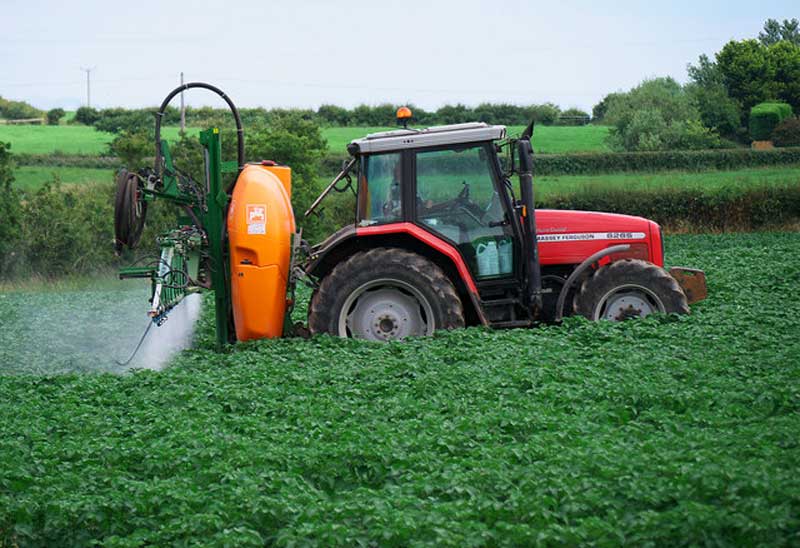
How Sterile Brome Germinates and Spreads
To avoid dormancy and to get the majority of seeds to germinate, the seed needs contact with moist soil. This is achieved by cultivating the ground and a shallow burial of the seed. Dry conditions and sunlight will prevent germination. Autumn is the main period for emergence, but if dormancy is enforced by drought, some seed may sit there until the following spring.
These seedlings require a period of cold for vernalisation in order to flower just like winter wheat. The spring- emerging seedlings may not become vernalized and can fail to flower before crop harvest. The greatest emergence of brome is from depths of less than 50mm, with few seedlings emerging from deeper than 100mm. No seedlings emerge from 150mm. In headlands and alongside ditches, the majority of seed is shed within 1m of the parent plant.
Control Options to tackle Sterile Brome
1. Chemical control with herbicides:
Pesticides will be a necessity where brome is present in Winter Wheat land, as it is such a competitive weed. Good options available include Broadway Star, Pacifica and Alister. Unfortunately, there is no chemical control available for Winter Barley.
2. Kill sterile brome seedlings:
In a moist autumn, there may be an opportunity to kill sterile brome seedlings if the winter cereal is not sown too early. Therefore, delaying sowing, similar to the technique used to control all grass weeds, will reduce the population.
3. Damp weather is great for stale seedbed techniques
The moist conditions allow for excellent germination of the brome and a pre-sowing spray with Round-up will kill a lot of seeds, if these conditions are present. Sometimes a second run made be needed if a second flush comes before sowing.
4. Good Rotation Ploughing:
Seedlings are unable to grow from below 130mm so good ploughing can be an effective method. Rotational ploughing, such as one year in three, will normally keep moderate infestations in check. Ploughing the headlands worst affected to limit the spread outward into the field is also a useful practice.
5. Grow a Spring crop:
Growing a spring crop is likely to reduce the weed unless a dry autumn has prevented germination, leaving the weed to emerge in the spring sown crop.
For more information or assistance, contact the RED MILLS agronomy team
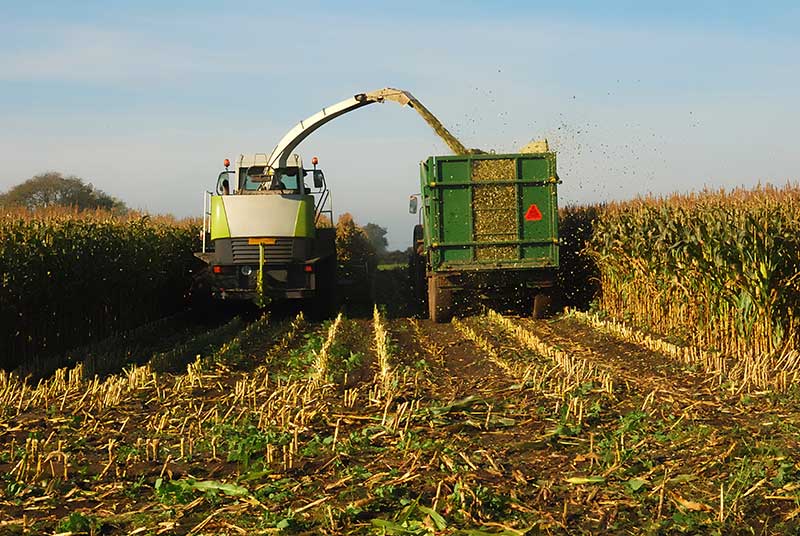
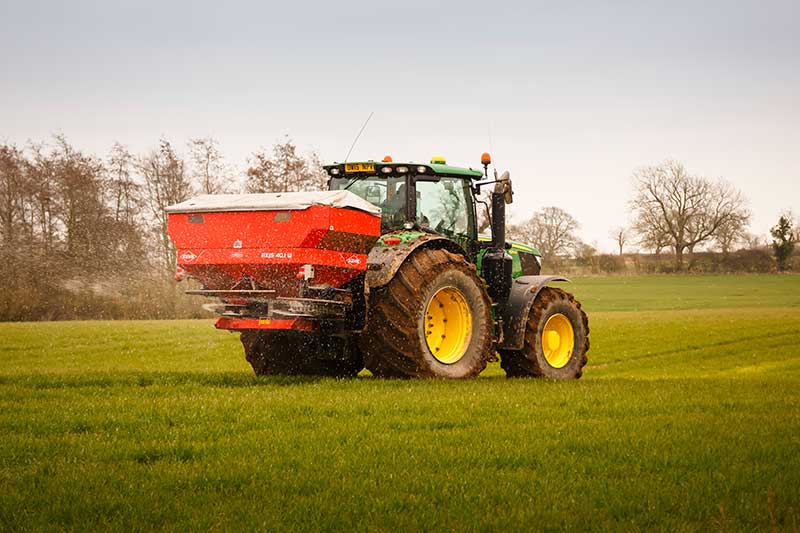
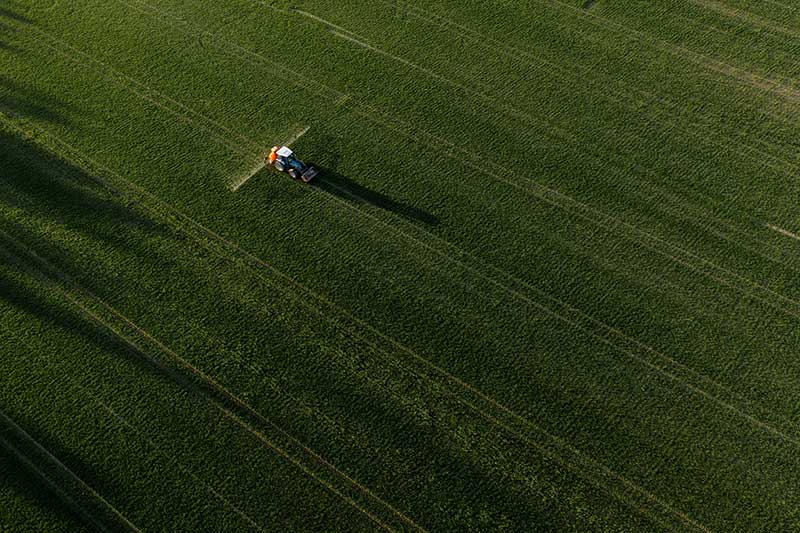
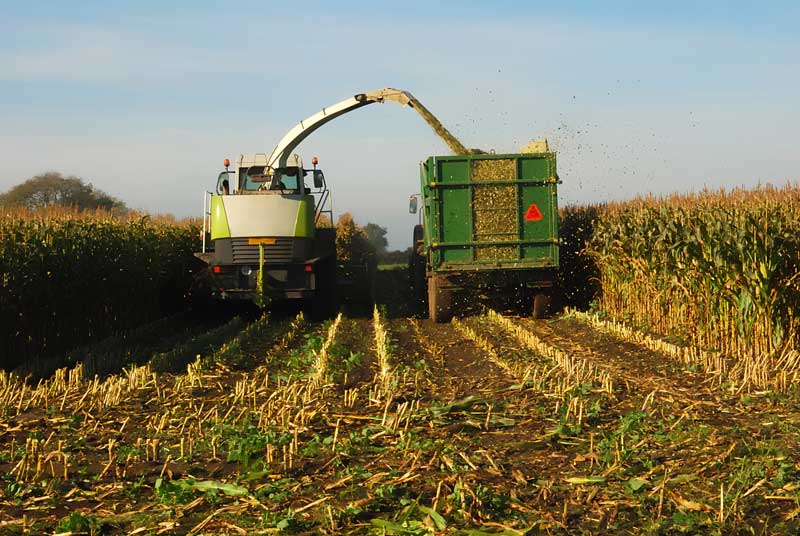


 05
05
